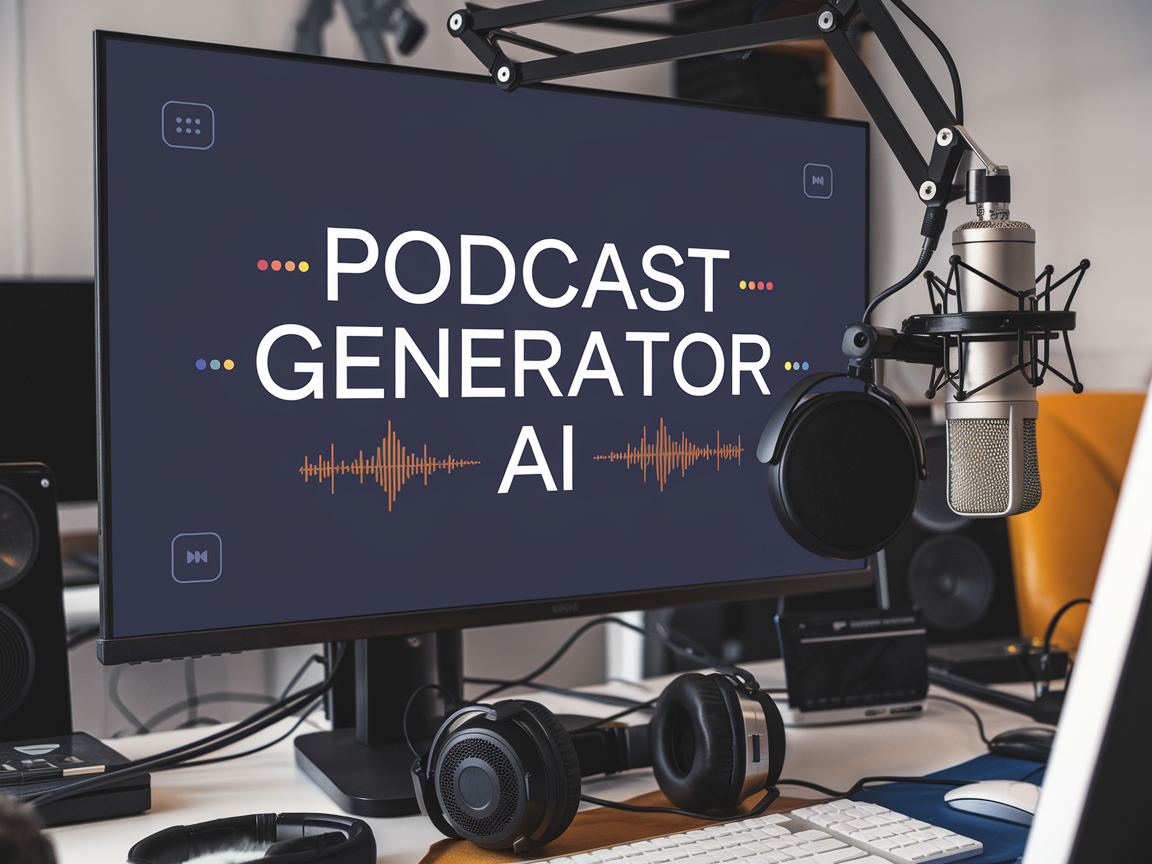
Top 5 Limitations of NotebookLM vs. AIdeaFlow: What's Missing?
In the rapidly evolving landscape of artificial intelligence, tools for content creation continue to advance, offering users new possibilities and features. Two noteworthy platforms in this arena are NotebookLM and AIdeaFlow. While NotebookLM provides a robust set of features for note-taking and organization, AIdeaFlow stands out as a versatile platform specifically designed for creating AI-powered podcasts and audio content. In this blog post, we will examine the top five limitations of NotebookLM in comparison to AIdeaFlow, highlighting what NotebookLM lacks, and exploring how AIdeaFlow fills these gaps.
1. Purpose and Functionality
NotebookLM's Primary Functionality
- Primarily a note-taking and organizational tool.
- Focuses on text-based content creation and management.
- Ideal for academic and professional note-taking but lacks multimedia capabilities.
AIdeaFlow's Unique Offering
- Specializes in creating audio content and podcasts powered by AI.
- Provides tools for scriptwriting, voice synthesis, and audio editing.
- Enables users to easily transform written content into engaging audio formats.
2. Multimedia Capabilities
Limitations of NotebookLM
- Limited to text input and lacks direct support for audio, video, or images.
- Users must rely on external tools for multimedia content creation.
- No built-in features for integrating audio recordings or video clips.
Advantages of AIdeaFlow
- Integrates audio generation and editing tools directly within the platform.
- Allows users to incorporate sound effects, music, and voiceovers seamlessly.
- Facilitates the creation of rich, multimedia experiences that enhance storytelling.
3. Collaboration Features
NotebookLM's Collaboration Drawbacks
- Offers basic sharing features but lacks real-time collaboration tools.
- Users cannot work simultaneously on the same document, which can hinder teamwork.
- Limited integration with other collaborative platforms like Google Workspace.
AIdeaFlow's Collaborative Strengths
- Provides real-time collaboration features for scriptwriting and audio production.
- Supports multi-user access, allowing team members to contribute simultaneously.
- Integrates with popular tools like Slack and Trello for efficient project management.
4. User Interface and Experience
NotebookLM's User Experience Challenges
- Interface designed primarily for text organization and may feel cluttered or overwhelming.
- Limited customization options for users seeking a tailored experience.
- Navigation may be less intuitive for those unfamiliar with note-taking applications.
AIdeaFlow's User-Friendly Design
- Intuitive interface that prioritizes ease of use for audio content creators.
- Offers customizable templates to streamline podcast production processes.
- Simplifies the workflow from scriptwriting to audio publishing with clear navigation.
5. Integration with Other Tools and Platforms
NotebookLM's Integration Limitations
- Supports limited third-party integrations, which can restrict functionality.
- Users may struggle to connect NotebookLM with essential tools for content promotion and distribution.
- Lack of APIs for developers to extend functionality according to their needs.
AIdeaFlow's Comprehensive Integration Options
- Seamlessly integrates with various platforms like social media, content management systems, and analytics tools.
- Allows users to distribute podcasts and audio content directly to multiple channels.
- Provides APIs for developers to create custom integrations and enhance user experience.
Conclusion
While NotebookLM serves as a solid note-taking and organizational tool, it does have several limitations when compared to AIdeaFlow, particularly in the realms of multimedia capabilities, collaboration features, user experience, and integration with other tools. For users looking to create dynamic audio content or podcasts, AIdeaFlow presents a more comprehensive solution, enabling seamless transitions from scriptwriting to production and distribution. By understanding these limitations, potential users can make informed decisions about which platform best meets their content creation needs. Whether your focus is on detailed note-taking or producing engaging audio content, selecting the right tool can significantly impact your productivity and creativity.